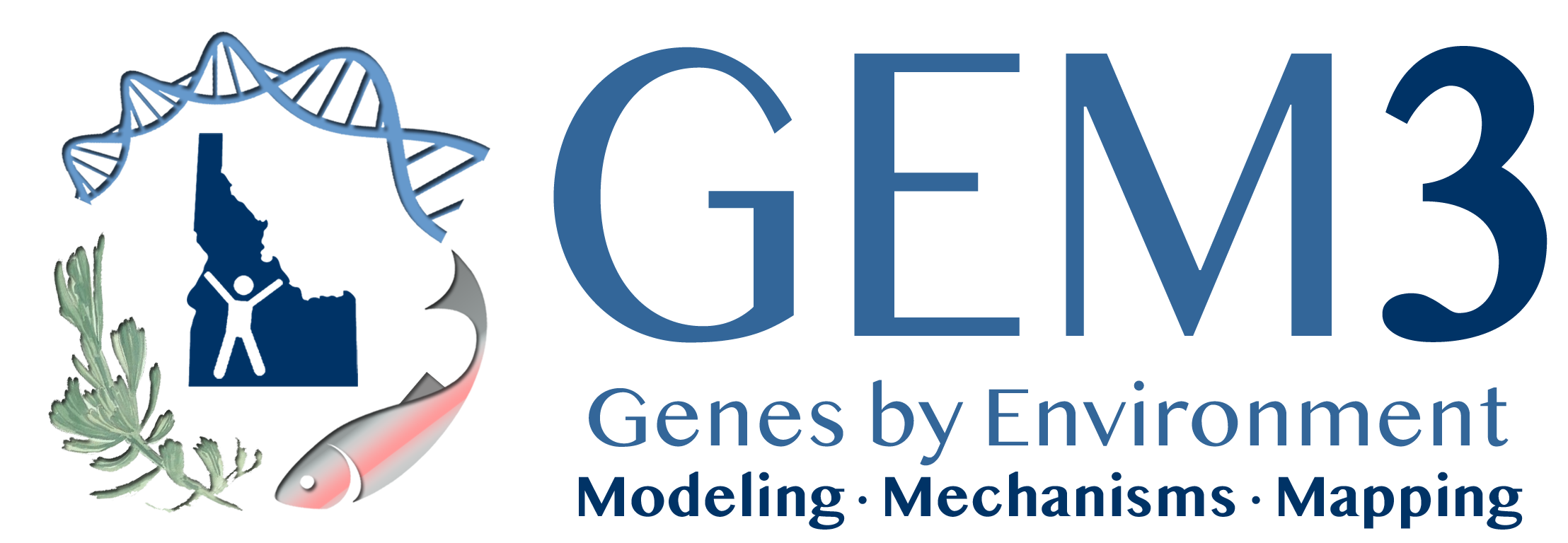Despite growing interest in conservation and reestablishment of ecological connectivity, few studies have explored its context-specific social-ecological outcomes. We aimed to explore social and ecological outcomes to changing stream connectivity for both stakeholders and a native fish species impacted by habitat fragmentation and non-native species. We 1) investigated stakeholder perceptions of the drivers and outcomes of stream connectivity, and 2) evaluated the effects of stakeholder-identified connectivity and non-native species scenarios on Yellowstone cutthroat trout (YCT) populations. Our study was conducted in the Teton River, Idaho, USA. We integrated two modeling approaches, mental modeling and individual-based ecological modeling, to explore social-ecological outcomes for stakeholders and YCT populations. Aggregation of mental models revealed an emergent pattern of increasing complexity as more types of stakeholders were considered, as well as gaps and linkages among different stakeholder knowledge areas. These results highlight the importance of knowledge sharing among stakeholders when making decisions about connectivity. Additionally, the results from the individual-based models suggested that the potential for a large, migratory life history form of YCT, in addition to self-preference mating where they overlap with rainbow trout, had the strongest effects on outcomes for YCT. Exploring social and ecological drivers and outcomes to changing connectivity is useful for anticipating and adapting to unintended outcomes, as well as making decisions for desirable outcomes. The results from this study can contribute to the management dialogue surrounding stream connectivity in the Teton River, as well as to our understanding of connectivity conservation and its outcomes more broadly.
| GEM3 author(s) | |
| Year published |
2023
|
| Journal |
Ecological Applications
|
| DOI/URL | |
| Keywords |
Ecology
Socio-Ecological Systems
Agent Based Models
Surveys & Questionnaires
Human Dimensions
|
| GEM3 component |
Mapping
Modeling
|
| Mentions grant |
Yes
|
